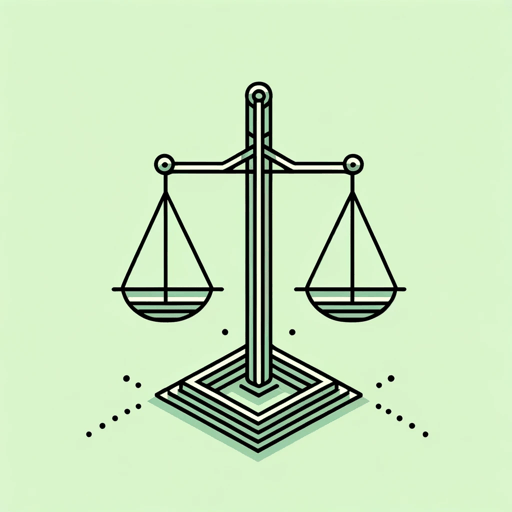44 pages • 1 hour read
William JamesPragmatism: A New Name for Some Old Ways of Thinking
Nonfiction | Book | Adult | Published in 1907A modern alternative to SparkNotes and CliffsNotes, SuperSummary offers high-quality Study Guides with detailed chapter summaries and analysis of major themes, characters, and more.
Lecture 3Chapter Summaries & Analyses
Lecture 3 Summary & Analysis: “Some Metaphysical Problems Pragmatically Considered”
In this lecture, James illustrates how the pragmatic method can be applied to metaphysics. As a traditional branch of philosophy, metaphysics deals with fundamental principles such as being, existence, the nature of reality, etc. In popular usage, the word also tends to denote the more abstract or even abstruse side of philosophy. Here James engages with concepts that philosophers going back to the medieval Scholastics, and before that to Aristotle and other ancient Greek thinkers, have grappled with. He shows how pragmatism connects with these classical philosophical concerns and emphasizes the questions’ relevance for present-day debates.
First, James takes up the traditional metaphysical concept of substance. He explores how this concept relates to the question of materialism versus theism as rival explanations for how the world came to be.
Medieval Scholastic philosophy distinguished between substance—a term that denotes a thing—and attribute, which is quality inherent to the substance. For example, the attribute of hardness of a desk is inherent to its substance—wood. The philosophical thread goes on to argue that we can really only know attributes; our knowledge of substances derives from their attributes. Thus, only attributes have cash-value, or practicality—a key pragmatist idea (see Index of Terms for an explanation of cash-value).
Related Titles
By William James
Featured Collections
American Literature
View Collection
Appearance Versus Reality
View Collection
Essays & Speeches
View Collection
Order & Chaos
View Collection
Philosophy, Logic, & Ethics
View Collection
Psychology
View Collection
Religion & Spirituality
View Collection
School Book List Titles
View Collection
Science & Nature
View Collection


